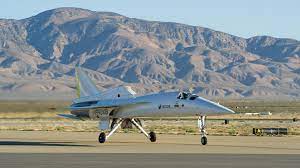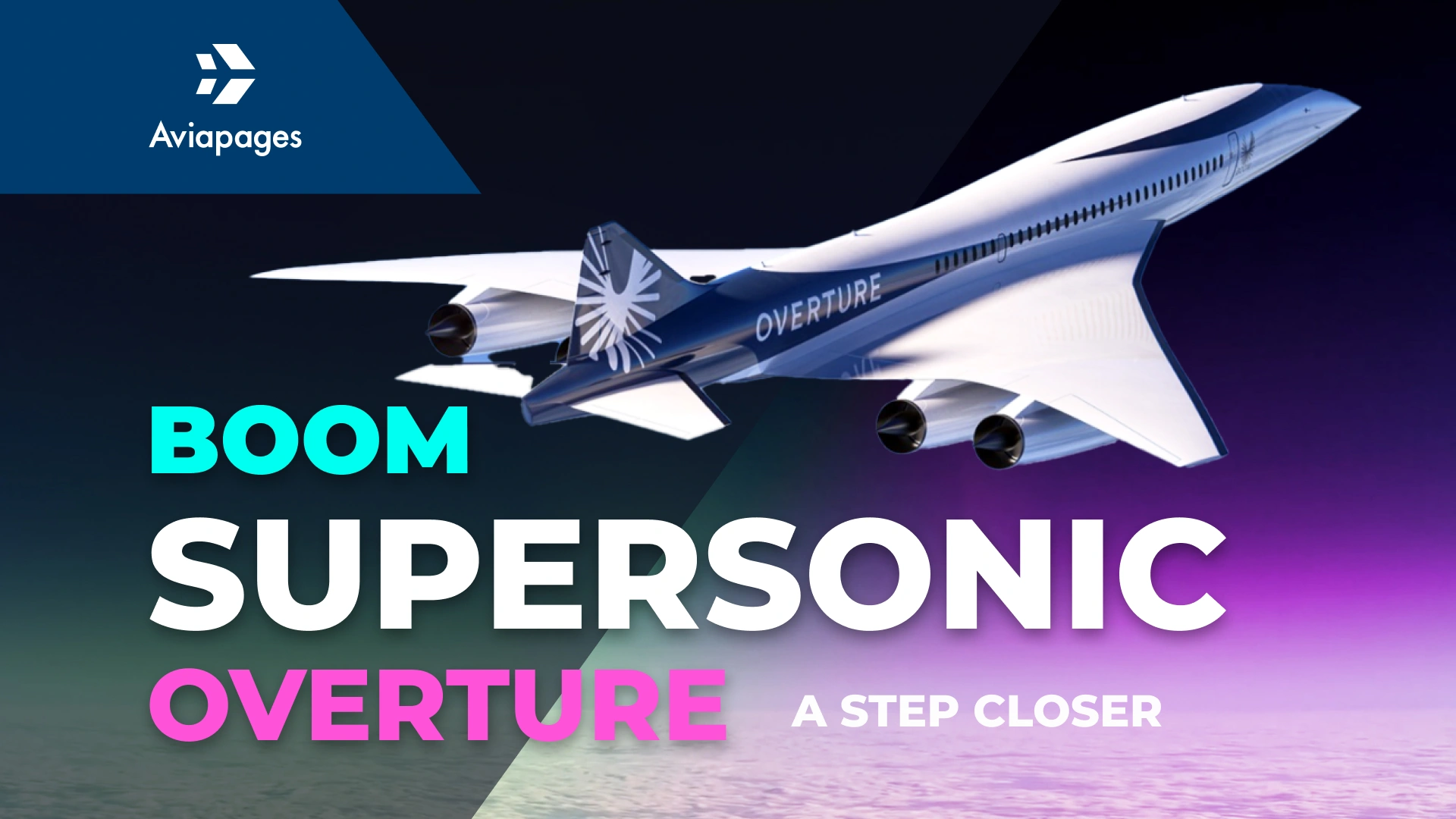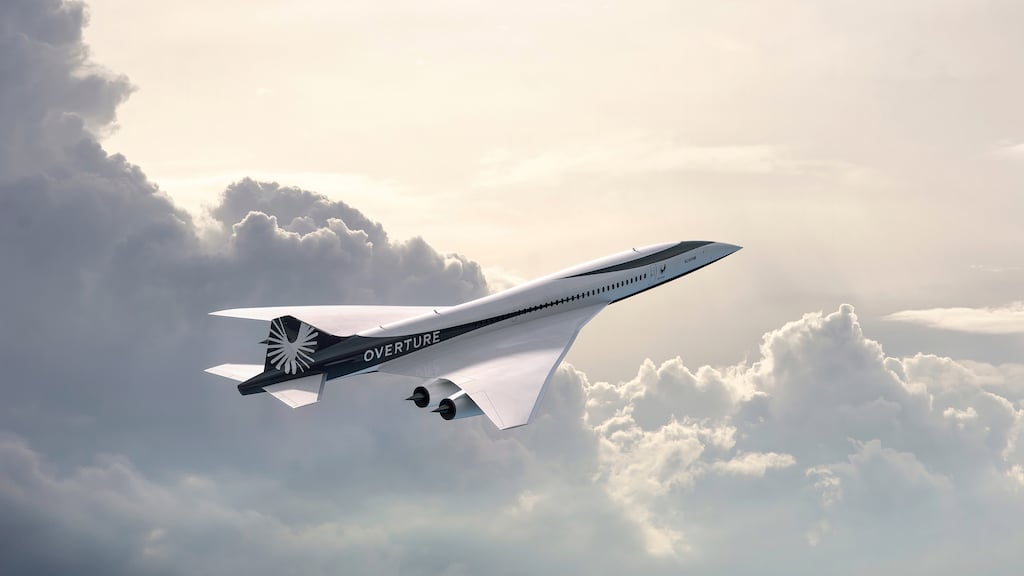03 March 2024 BOOM SUPERSONIC prototype XB-1 Takes Flight

Welcome to the forefront of aviation history, where innovation meets the sky. This week marks a monumental leap in the realm of supersonic travel with Boom Supersonic's XB-1 prototype taking to the skies for its inaugural test flight. A sight that would have sparked the imagination of aviators past, the XB-1's journey is not just a flight but a bold stride towards redefining passenger travel at speeds once dreamt of.
The XB-1 lifted off
its engines roaring to life, marking a new chapter in aviation. History was made as the aircraft ascended to 2,170 meters, achieving a speed of 455 km/h before gracefully touching down. A few years ago, when Rolls-Royce declined to supply engines to Boom Supersonic, the company was compelled to embark on developing their own engines. However, the XB-1 didn't fly with these proprietary engines. It utilized three turbojet engines from the 1950s, model J85, which were also fitted in the vintage F-5 fighters. For Boom's supersonic liner, Overture, the plan is to employ four of their own newly developed Symphony engines. Each Symphony engine is touted to be three times more powerful than the three J85 engines combined. The startup has already secured contracts with major airlines such as American Airlines and United Airlines, in addition to forging production and development partnerships with Florida Turbine Technologies and GE Additive.
Though powered by engines from a bygone era, the vision it represents is anything but historical. The XB-1's flight is a beacon of future possibilities, embodying the relentless pursuit of surpassing the legendary Concorde and re-introducing commercial supersonic travel to the world.
According to Blake Scholl, the founder and CEO of the company, the launch of the XB-1 prototype is a significant milestone in the company's history.
"If the prototype doesn't differ from the production model, it means you haven't learned anything. And we've learned a lot in designing, developing, and manufacturing the XB-1, which will allow us to improve the Overture. Ventures like these always start with capital raising, but then you need to show results. And the flight of the XB-1 is one of the most important outcomes [of our work]. It shows that we are on the right path, and this will attract even more financing. This is the foundation of all private aerospace ventures, like SpaceX," he commented.
The first launch of Overture is planned for 2030
but development will be costly: Boom Supersonic has already raised more than $700 million, but according to Scholl, the total expenditure could reach $8 billion. Besides funding, the company will have to tackle other challenges.
Modern air transport regulations prohibit supersonic flights over most land areas. However, experimental developments in reducing sonic boom, such as the X-59 QuessT (Quiet SuperSonic Technology), might prompt legislators to reconsider. Still, achieving 1.7 Mach over the ocean could halve the flight time from New York to London or from Seattle to Tokyo.
The perennial issue of supersonic aircraft remains:
high fuel consumption with relatively modest capacity. For instance, Overture will be able to transport only 64 passengers across the Atlantic at a time, compared to 853 on an Airbus A380. This is not just an economic issue but also an environmental one. The use of environmentally friendly aviation fuel (Sustainable Aviation Fuel, SAF) could reduce the ecological impact, but it's not that simple.
According to Scholl, about 15 more test flights are planned for the XB-1 before the aircraft eventually breaks the sound barrier. And there are still many years to go before Overture's first flight.
"We still hope to launch Overture by the end of the decade. There's a lot of work ahead, and we need to take great care of flight safety. However, we wouldn't want to delay because we are making this plane for ourselves, our friends, our families, and our customers," said Scholl.
However, the path to commercial supersonic travel is not without its turbulence. Regulatory hurdles, environmental concerns, and the quest for sustainable aviation fuel are just the tip of the iceberg. Yet, the promise of halving travel times across the oceans fuels the determination to overcome these challenges.
As Boom Supersonic gears up for more test flights, aiming to break the sound barrier, the aviation community watches with bated breath. The Overture's journey to its first flight is emblematic of a broader ambition: to revolutionize air travel, making the world smaller, yet infinitely more connected.
For aviation enthusiasts and dreamers alike, the XB-1's flight is not just a moment in time but a spark that ignites the possibilities of tomorrow. Join us as we continue to follow this incredible journey, witnessing the dawn of a new era in supersonic travel. The sky is not the limit; it's just the beginning.
You can use our airport directory if you need information on airports. For example, if you need information on LGKM airport.

